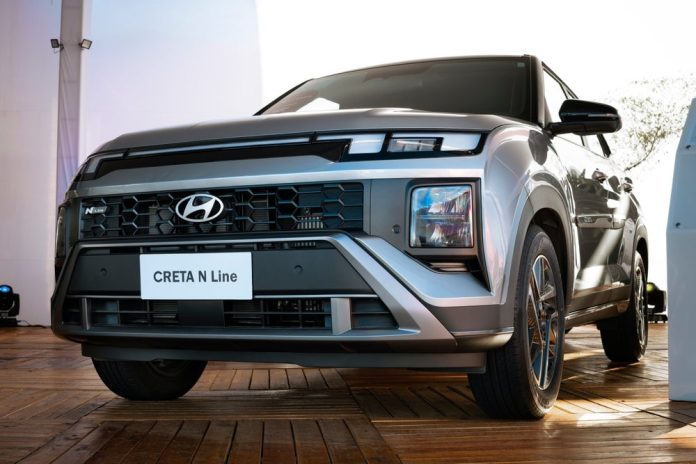Hyundai’s journey in the Indonesian market resembles a K-Drama script, rich with elements that have made these narratives from the automaker’s home country resonate with audiences around the globe.
Much like a classic K-Drama, Hyundai’s story features a struggling protagonist, a sudden rise, unexpected twists, and cliffhangers that set the stage for the next season. Here we delve into Hyundai’s evolving narrative in Indonesia, exploring the twists and turns that have played out so far, and give our predictions as to what surprises await us in the plot ahead.
Act I: The Struggle
Before the pandemic, Hyundai Indonesia was a small player, with its average annual sales reaching just 1k units in 2016-19. The Staria MPV was Hyundai’s only locally produced model, manufactured under a contract with PT Handal’s facility. Although the automaker’s role was small, its ambition to expand was strong; it was already preparing to write a new chapter and expand its presence in a country with the largest population in ASEAN and the 4th largest in the world. To achieve this goal, the company announced plans to invest in its own plant in Indonesia.
Switch Auto Insurance and Save Today!
Act II: The Rise
In 2022, Hyundai’s new plant came online, starting with the production of the Creta SUV (Q1 2022) and Stargazer MPV (Q3 2022). The automaker’s sales surged, rocketing from 3.16k units in 2021 to 32.0k units in 2022 and 35.5k units in 2023. In addition, the Indonesian government’s Battery Electric Vehicle (BEV) incentive policy supported Hyundai in producing the IONIQ 5 BEV, enabling the company to gain momentum and the confidence to compete against the Japanese brands that dominated the market. At the same time, Hyundai ended its partnership with PT Handal, seemingly ready to stand on its own two feet.
For additional context, it is worth noting that Hyundai’s new plant had an initial production capacity of 150k units a year, with 50% of its output intended for export. This could therefore imply that the automaker’s domestic sales target was around 75k units a year; a figure that was already halfway achieved by the end of 2023. As such, this can be seen as Hyundai’s real “glow-up” moment.
Act III: The Plot Twist
As is the case in K-Dramas, where the introduction of new characters or unfavorable situations often serve as a plot twist, Hyundai Indonesia’s sales suddenly nosedived. In 2024, its volumes fell by 37% year-on-year (YoY) to 22.4k units, before suffering a further 10% YoY decline in January-July 2025 to 12.4k units. This abrupt change in trajectory was likely due to the emergence of Chinese brands in the Indonesian market, that arrived offering both affordable models and BEVs, amidst weak overall demand in the country. The number of Chinese automakers in Indonesia rose from just 3 in 2022 to 11 in 2024, and is expected to continue to grow to around 20 by the end of 2025.

